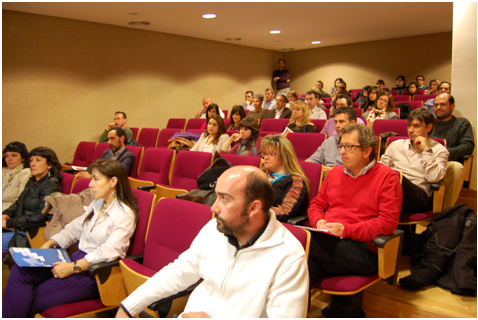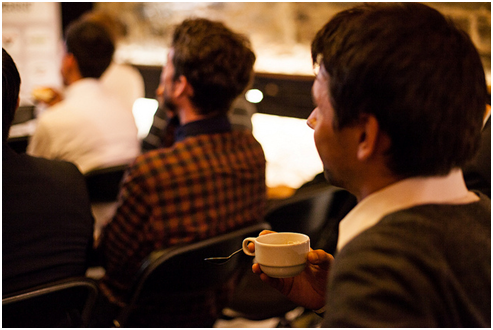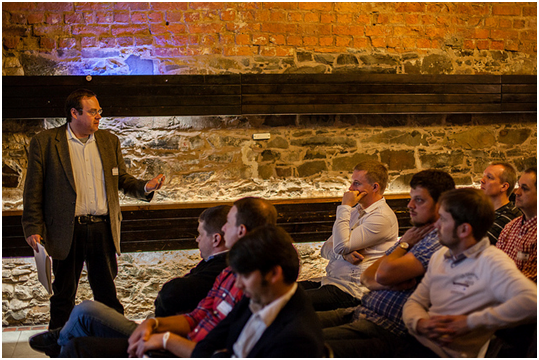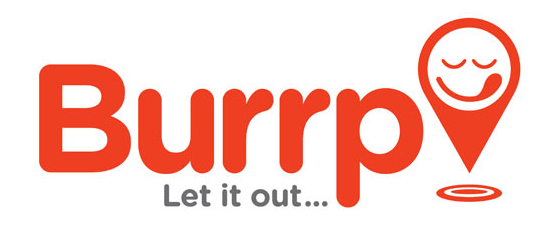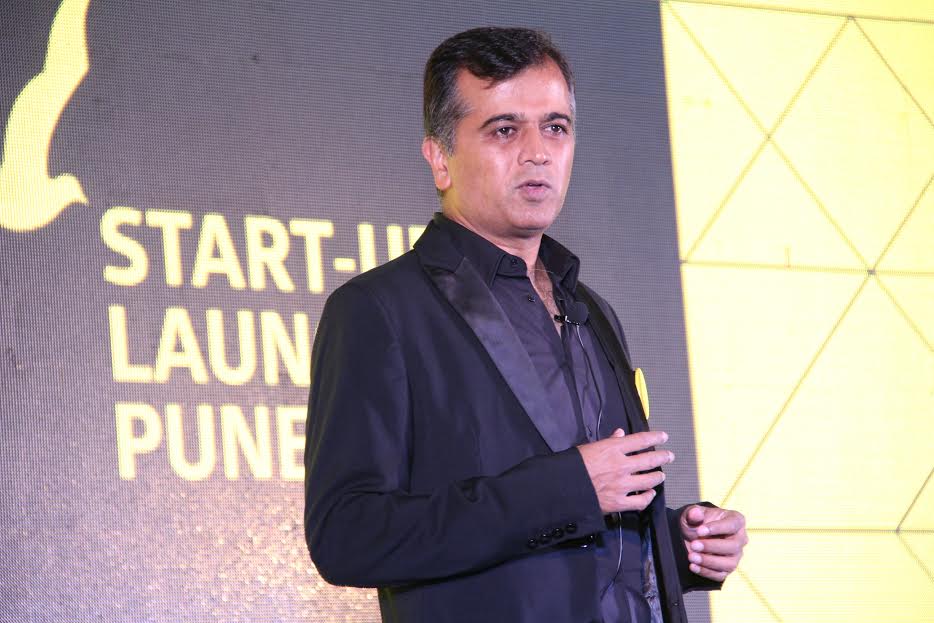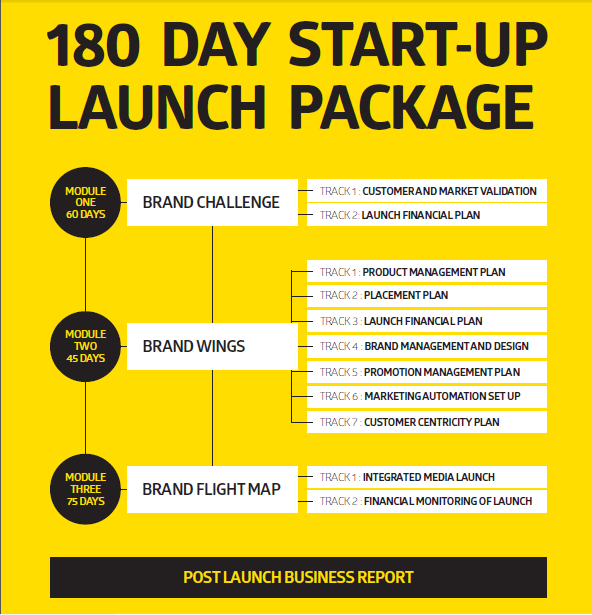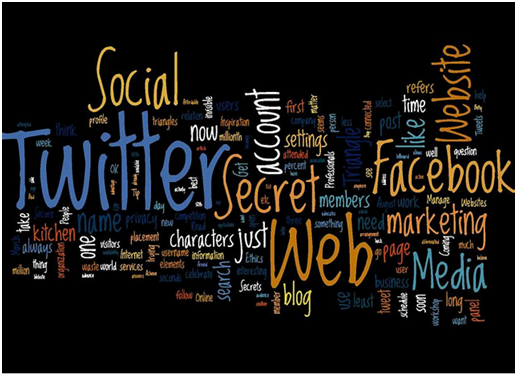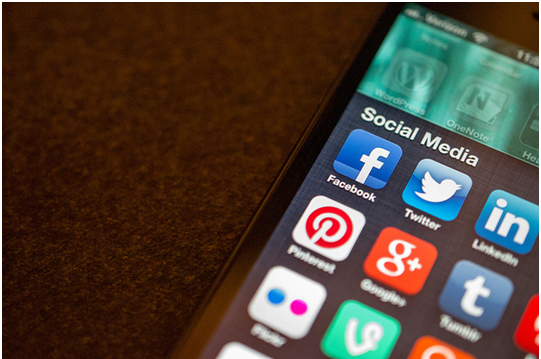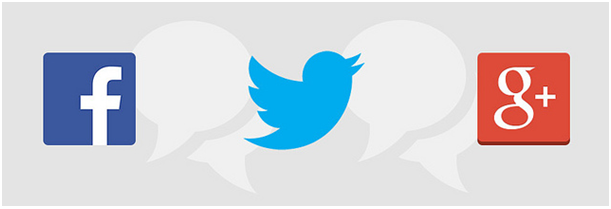The battle between traditional and digital marketing has been going on for over 20 years. Two decades ago, we didn’t have the technological tools we have today to conduct a productive campaign in the online environment. With the advent of the internet, the marketing industry is changing. People use social media and smart devices to buy things and hire services. Very few still do it with the help of a newspaper. That being said, it’s only natural to believe that traditional marketing is dead. However, the average client can be attracted to a product or service with a conventional method, such as direct mail for example. The best approach is to consider a mix of strategies in an attempt to create a seamless experience.

Traditional marketing is here to stay
Why do people still market their products offline? The answer is quite simple: we still need conventional marketing because prospects need to be convinced with physical samples. Let’s assume that you’ve just a beauty brand. You’ve made the website, linked to social media, and so on. But in order to compel people to buy your latest wrinkle cream, you have to let the people try your product. This is traditional marketing. You set up a campaign and invite prospects to test it.
Then you give them samples in the hopes that they’ll share their opinions with friends and family. Last but not least, they’ll check you out online and probably give you a review. As you see, the model we’ve presented is not merely dependent on traditional marketing. It’s a seamless blend of tactics that combines both online and offline advertising.
Digital marketing – an industry that grows little by little with every year that goes by
Digital marketing is an industry that has taken the internet by storm. Twenty years ago we didn’t have websites to recommend us products or Facebook pages from where you can shop with just a click of a button. In the online environment, the goal of a company is to raise awareness and broaden its audience. Offline, the goal is to compel the people and wait for them to share the amazing experience they had with you with their loved ones.
Sadly, these days if you’re not active online you’re almost invisible offline too. What’s the point of a huge billboard in the heart of a city with hundreds of thousands of people, if nobody can find the product you’re selling anywhere online?
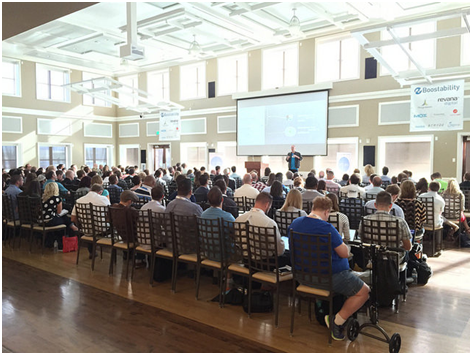
Digital marketing vs. traditional marketing
Today’s savviest marketers know that a complete advertising campaign needs both traditional and digital marketing. Most people use smart devices to buy things they haven’t had the chance to see in real life. However, there are prospects that don’t believe that what they see is what they get. This means you need brick and mortar stores and samples to prove that your product is of the highest quality. Back in the day we used newspapers to look for products. But all ads had physical addresses at the end, as well as an invite to come check out those products. There are online stores that don’t advertise offline. The internet is packed with stores that only sell via a website. Can you afford to take that risk?
A core drawback of traditional marketing is the lack of utensils to balance results. In the online environment we have metrics and analytics programs that we can use to help us measure results and check whether our campaign appeals to the people or not. Thanks to review websites and social media platforms, marketers can interact with their prospects, assess the feedback received, and make modifications in an attempt to correct glitches. Offline, if you made a mistake and the wrong message got out; there was nothing that you could do to fix things.
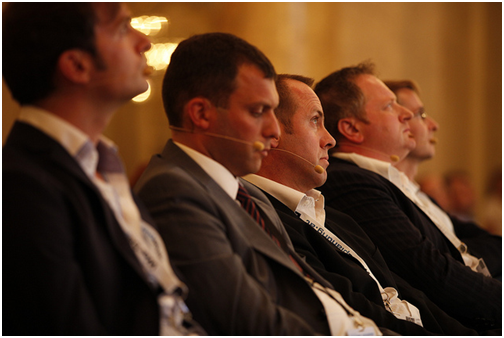
Why should we choose between digital and traditional marketing when we can use both to compose a brilliant campaign? Blending social media, direct mail London, email marketing, and conventional advertising helps people understand a brand a lot better. Offering prospects is a seamless experience when introducing them to a product is the best way to prove them that what we advertise is exactly what they get when they hit the “Buy” button.
This is a guest article by Denny Averill




